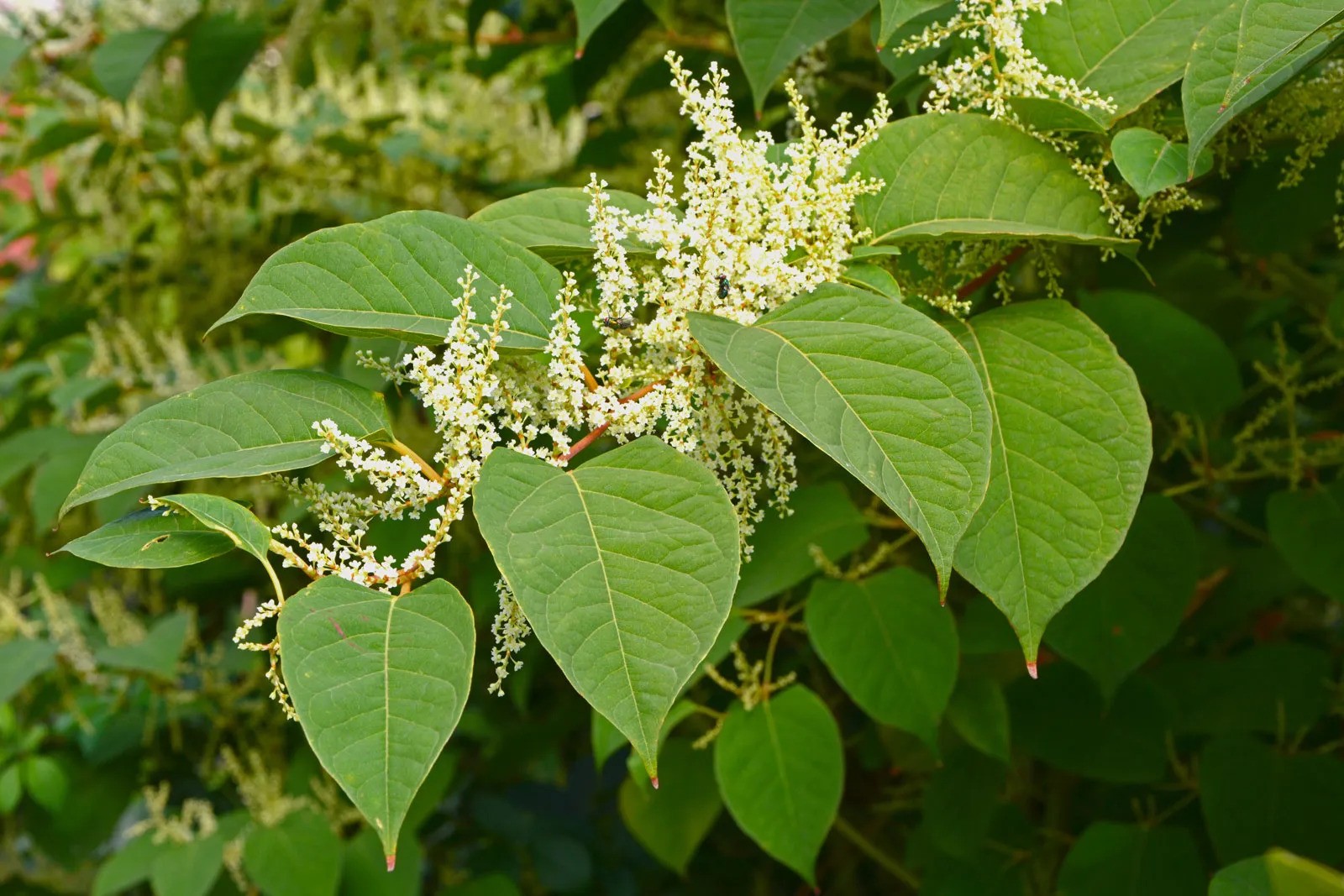In recent years, the invasive plant species known as knotweed has gained notoriety for its detrimental impact on ecosystems and biodiversity. Originally introduced as an ornamental plant, knotweed has spread rapidly, wreaking havoc on native ecosystems. This blog post explores the insidious effects of knotweed on our environment, highlighting the importance of understanding and managing this invasive species.
The Spread of Knotweed
Japanese knotweed, scientifically known as Fallopia japonica, has emerged as a formidable invader with far-reaching consequences for ecosystems and biodiversity. Initially introduced as an ornamental plant in the 19th century, its unchecked proliferation has ignited a crisis. But amidst the havoc it wreaks, there's a glimmer of hope—Japanese knotweed removal is possible.
This invasive species, native to East Asia, thrives with an unrelenting vigor. Its rapid growth, adaptable nature, and absence of natural predators have allowed it to establish dominance, encroaching upon native ecosystems. The aggressive growth pattern enables knotweed to outcompete indigenous vegetation for vital resources, including sunlight, water, and nutrients.
The Impact on Native Flora
One of the most significant impacts of knotweed on ecosystems is its aggressive nature. Knotweed can grow up to 10 feet in a single season, rapidly outcompeting native vegetation for sunlight, water, and nutrients. This aggressive growth disrupts the delicate balance of native flora, leading to a decline in native plant species.
Furthermore, knotweed's extensive root system can penetrate deep into the soil, making it difficult for other plants to establish themselves. This disruption in the native plant community affects the plants and animals that depend on them for food and shelter.
-
Biodiversity Loss
As knotweed takes over, it reduces biodiversity in affected areas. Native plants that have evolved with local wildlife become scarce, impacting insects, birds, and other animals that rely on these plants for food and habitat. This decline in native vegetation can lead to a cascading effect throughout the ecosystem, ultimately affecting the overall health and diversity of the region.
-
Soil Erosion and Habitat Destruction
Another significant consequence of knotweed infestations is soil erosion. Knotweed's dense growth can destabilize soil along riverbanks and streams, increasing the risk of erosion. The plant's extensive root system can also damage infrastructure such as roads and buildings, leading to costly repairs.
Furthermore, knotweed's dense stands provide poor habitat for native wildlife. The dense canopy created by knotweed shades out the ground, making it difficult for other plants to grow. This, in turn, reduces the availability of food and shelter for many species, ultimately disrupting local ecosystems.
The Economic Impact
Knotweed's impact extends beyond the natural environment and has economic consequences. The cost of managing knotweed infestations, including removal and control measures, can be significant. In the United States, for example, it is estimated that hundreds of millions of dollars are spent annually on controlling invasive species like knotweed.
Management and Control
Addressing the knotweed problem requires a multi-pronged approach. Prevention is crucial, and stricter regulations regarding the sale and transportation of invasive plant species are needed. Early detection and rapid response are also essential to prevent established infestations from spreading further.
Various control methods exist, including chemical treatments, mechanical removal, and the use of biological control agents. However, each method has its advantages and disadvantages, and the choice of control strategy should consider the specific circumstances and environmental impacts.
Conclusion
Knotweed's impact on ecosystems and biodiversity is a stark reminder of the harm that invasive species can cause. As we continue to grapple with the consequences of its unchecked spread, it is crucial to raise awareness about the need for prevention, early detection, and effective control measures.
Protecting our native flora and fauna is a matter of preserving the beauty of our natural landscapes and maintaining the health and balance of our ecosystems for generations to come.
